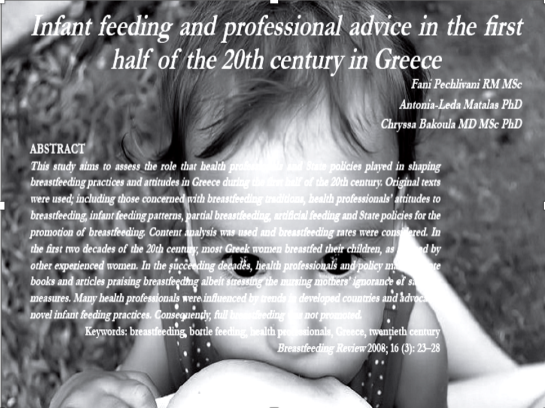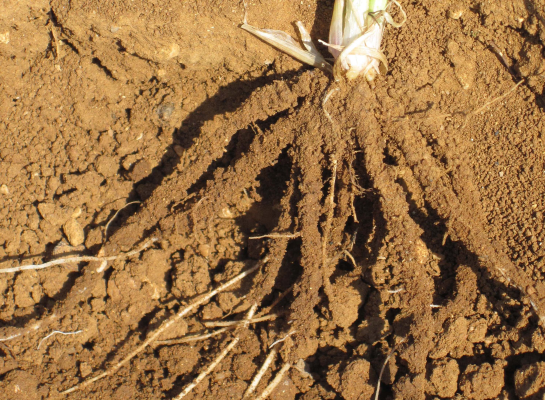The two- or three- step milk revolution
My lecture has as its main goal to demonstrate the way in which advancements in food technology on the one hand, and changes in food consumption societal norms on the other affect people’s diet and health status in either a positive or a negative manner. Toward this goal, I will use the history of milk in human diets as a showcase. The domestication of mammal led to the inception of dairying, whereby herders learned how to reduce lactose in milk to tolerable levels via fermentation, thus achieving the first step of the so-called milk revolution. Fermented milk products are receiving great attention lately thanks to their capacity to contribute to human health; in my lecture I will present our approach within the Pimento project when addressing their impact on human health. Several thousand years after the first step, a genetic mutation that emerged in Europe gave people the ability to drink milk throughout their lives thus marking the second step of milk revolution. A final third step could be added to this process, namely the introduction of cow milk as a main food for infants. The results of our study in Greece reveal the way in which a shift in professional beliefs and attitudes with respect to infant care in early 20th century, together with the technological advancements, caused a long-term harm to infants’ nutritional status.

Root foraging and mining strategies – key strategies for the agroecological transition in a changing climate
Producing more food, feed and fiber with less impact on biodiversity and ecosystem services is a major challenge for achieving the agroecological transition of agriculture. This is particularly at stake in the context of climate change, and when considering biogeochemical cycles at various scales, from the rhizosphere to the planet. Further understanding of the rather unique rhizosphere biogeochemistry related to both root foraging and mining strategies is thus needed. When foraging for belowground resource acquisition, plants rely on a diversity of root traits and interactions with the soil and soil biota, as well as with other plants. In addition to these diverse foraging strategies, roots can release large amounts of organic compounds or enzymes and considerably alter nutrient concentrations and soil pH, either themselves or through the stimulation of their microbiome. Roots have thus evolved diverse mining strategies that rely on combinations of such rhizosphere processes occurring over short spatial and temporal scales around living roots. These ultimately shape the fate of soil organic carbon, the dissolution/precipitation of soil minerals, the adsorption/desorption of both anions (e.g. phosphate) and cations (e.g. potassium) in the rhizosphere and, ultimately, support services such as soil formation, carbon and nutrient cycling at large scales. In the context of climate change, one also needs to account for rhizosphere processes occurring at depth, not just in the topsoil. In this talk, we draw exciting perspectives for breeding and managing crops and trees that most efficiently contribute to carbon sequestration at depth and acquire or cycle nutrients to improve resource use efficiency for tomorrow’s agroecosystems.

